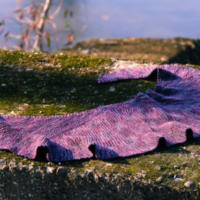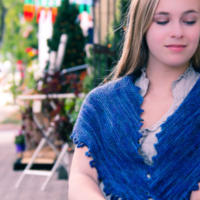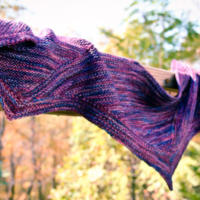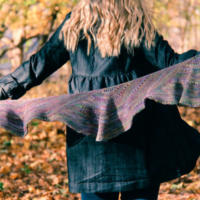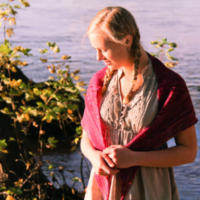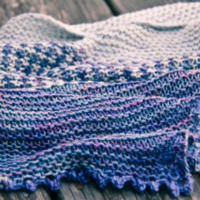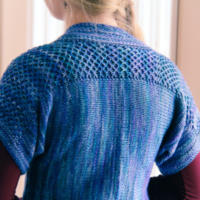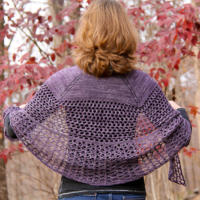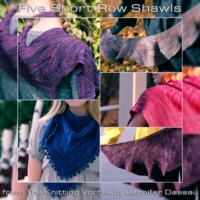
Short rows are one of my all-time favorite knitting techniques. They easily allow you to shape your knitwear, for better fit and more intriguing angles. In the Five Short Row Shawls collection, I’ve used this technique to create five simple garter one-skein shawls, each with a different and unique construction. While I love crescents, topdown triangles and bias boomerangs, the five wraps in this book use short rows imaginatively to create some of these familiar shapes in totally new ways. By choosing a single skein of a beautiful variegated or semi-solid yarn worked in garter stitch, the focus is entirely on the rhythmic and magical process of knitting short rows. The results are both simple, and singularly stunning. Each pattern may be purchased individually, or all together as an ebook with a special price that equals getting one pattern for free. The collection includes Triangulate, Piewhacket, Rondelay, Aerophile, and Rufflebye; see them all together as Five Short Row Shawls on Ravelry or on Payhip.

